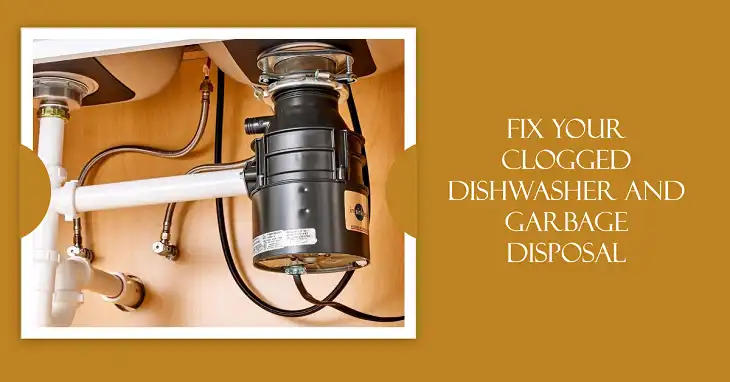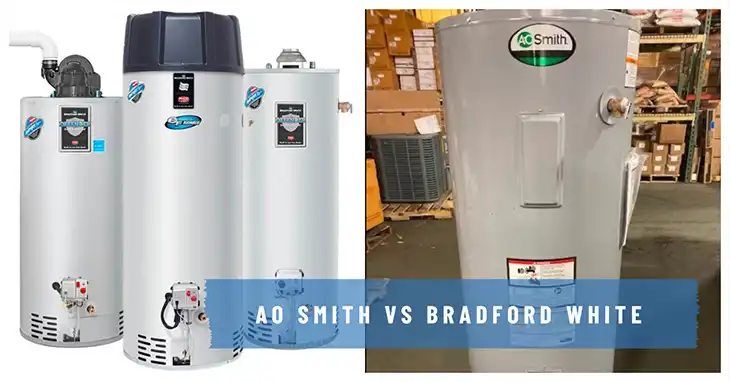How Does a Freeze-Proof Spigot Work?

A freeze-proof spigot, also known as a frost-free or frost-proof faucet, is specifically designed to prevent water from freezing in outdoor taps during cold weather. The design pushes the shut-off valve deeper inside your house, away from the exterior wall, where temperatures are more stable. This prevents water from staying in the outer, exposed part of the pipe, significantly reducing the chances of freezing and bursting. If you live in a cold climate, a freeze-proof spigot is a great investment to protect your plumbing from costly damage.
What is a Freeze-Proof Spigot?
A freeze-proof spigot looks similar to a traditional outdoor faucet but has an extended pipe attached to it. The main difference lies in its internal design, where the shut-off valve is positioned several inches inside the wall or even deeper. This ensures that when the faucet is turned off, no water remains in the external part of the spigot, preventing it from freezing.

How Does a Freeze-Proof Spigot Work?
The core idea behind a freeze-proof spigot is the placement of the shut-off valve. In a traditional spigot, the shut-off valve is right behind the handle, close to the exterior wall. This causes water to remain in the external part of the pipe, which can freeze and expand, leading to burst pipes.
In contrast, a freeze-proof spigot’s valve is located further inside the house, where it is warmer. When you turn off the spigot, water drains out of the exposed section of the pipe, leaving it empty and less vulnerable to freezing. Because the remaining water is in the heated part of your home, it won’t freeze and cause damage.
How is it Different from a Traditional Spigot?
Traditional spigots have the shut-off valve directly behind the handle, making them vulnerable to freezing temperatures if not properly insulated or drained. With a freeze-proof spigot, the extended design places the valve deeper into your home, minimizing the risk of frozen pipes. The extended reach and drainage feature ensure the exposed parts stay dry when not in use, making them ideal for climates that experience harsh winters.
How to Install a Freeze-Proof Spigot
Installing a freeze-proof spigot requires some basic plumbing skills and the right tools. You’ll need to replace your existing outdoor faucet with the freeze-proof version. Here’s a step-by-step breakdown of the process:
- Turn off the water supply to your outdoor faucet and drain any remaining water.
- Remove the old spigot by unscrewing it from the pipe. You might need a wrench or pipe cutter, depending on your setup.
- Check for damage in the old pipe. If it’s in good condition, you can directly attach the new freeze-proof spigot.
- Attach the new spigot by screwing it into place and sealing the joint with plumbing tape or sealant.
- Test the spigot by turning the water supply back on and checking for leaks.
If the installation seems too complex, consider hiring a professional plumber to ensure proper installation and prevent any potential issues.
Does Anti-Freeze Spigots Require Any Special Maintenance?
Freeze-proof spigots are generally low-maintenance, but there are a few precautions to take. First, always disconnect garden hoses before winter. Leaving a hose attached can trap water inside the spigot, defeating its freeze-proof design and leading to potential damage. Occasionally check for leaks and ensure the spigot is properly sealed against the exterior wall. Other than that, no special care is needed.
Should You Install a Freeze-Proof Spigot?
If you live in an area with temperatures that drop below freezing, installing a freeze-proof spigot is a smart decision. It can save you from expensive repairs due to burst pipes, and it provides peace of mind during the winter months. Additionally, a freeze-proof spigot isn’t significantly more expensive than a regular one and can be easily installed in place of an existing faucet.
Additional Considerations
When choosing a freeze-proof spigot, ensure it’s the right length for your wall thickness. A spigot that’s too short won’t reach the warmer interior, while a longer one might be unnecessary for thinner walls. Also, consider whether you want a model with an anti-siphon feature, which prevents contaminated water from being drawn back into your home’s water supply.
In summary, a freeze-proof spigot is an excellent upgrade for any home in a cold climate. With its smart design and effective freeze prevention, it’s a long-term solution to keep your outdoor plumbing safe and functional year-round.
FAQs
Can a freeze-proof spigot still freeze?
Yes, a freeze-proof spigot can still freeze if not installed correctly or if the hose is left attached during winter. The key to its effectiveness is ensuring that no water remains in the exposed part of the pipe, which requires disconnecting hoses and proper installation.
How do I know if my current spigot is freeze-proof?
A freeze-proof spigot typically has a longer pipe body that extends several inches into the house. If you look inside your home where the spigot connects to the plumbing, you should see a long pipe running from the spigot’s base to the shut-off valve. Traditional spigots have a shorter body and the valve is located right behind the handle.
Do freeze-proof spigots cost more than traditional ones?
Yes, freeze-proof spigots are slightly more expensive than standard spigots, typically costing between $20 and $50 depending on the brand and features. However, the extra cost is worth it, considering the protection it offers against costly pipe bursts.
Can I install a freeze-proof spigot by myself?
If you have basic plumbing skills, you can install a freeze-proof spigot on your own. However, for homes with more complex plumbing or thicker walls, it may be best to hire a professional plumber to ensure proper installation.
What happens if I don’t disconnect the hose from a freeze-proof spigot?
If you leave a hose connected, water can become trapped inside the spigot, making it susceptible to freezing. This can cause the spigot to crack or lead to other damage, defeating the purpose of having a freeze-proof design.





